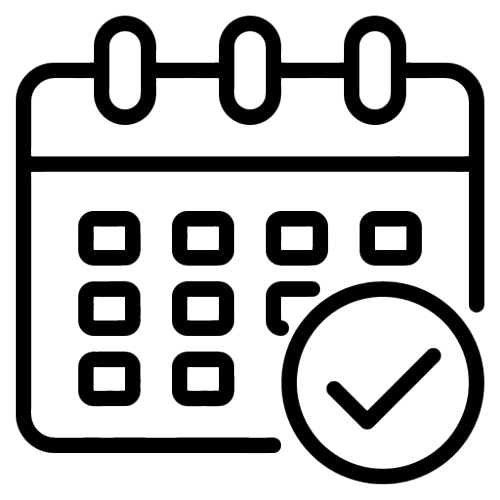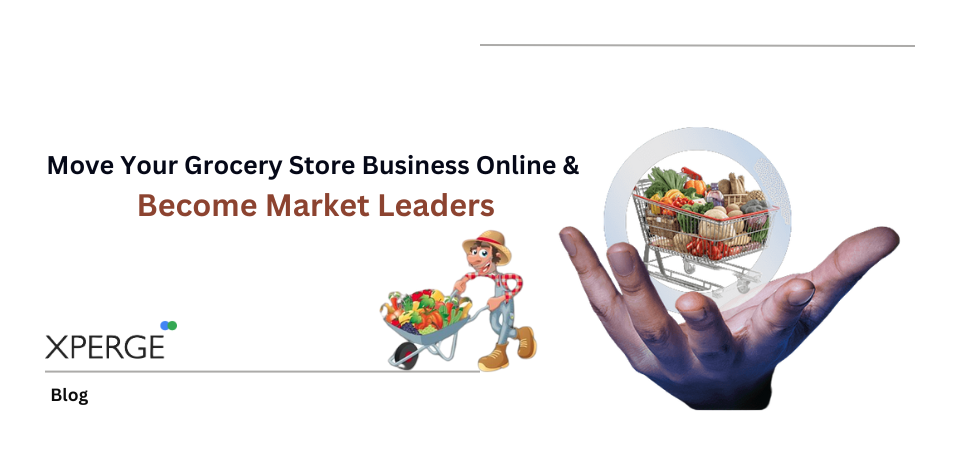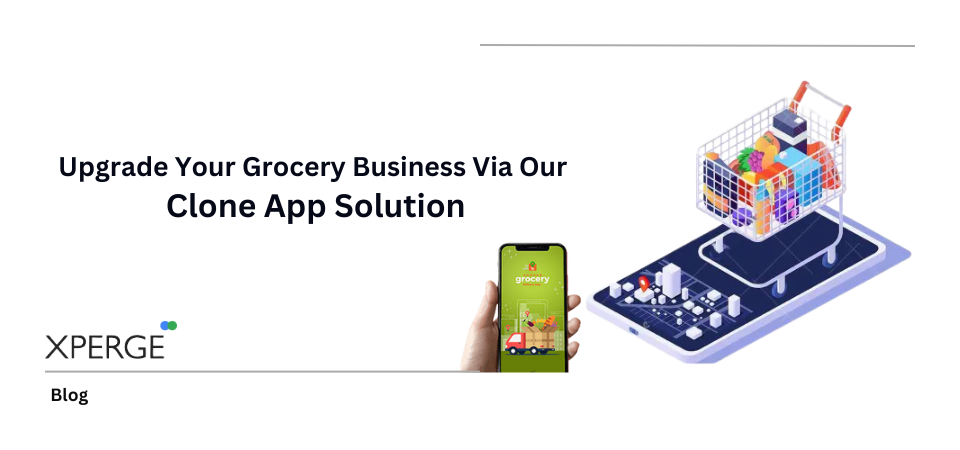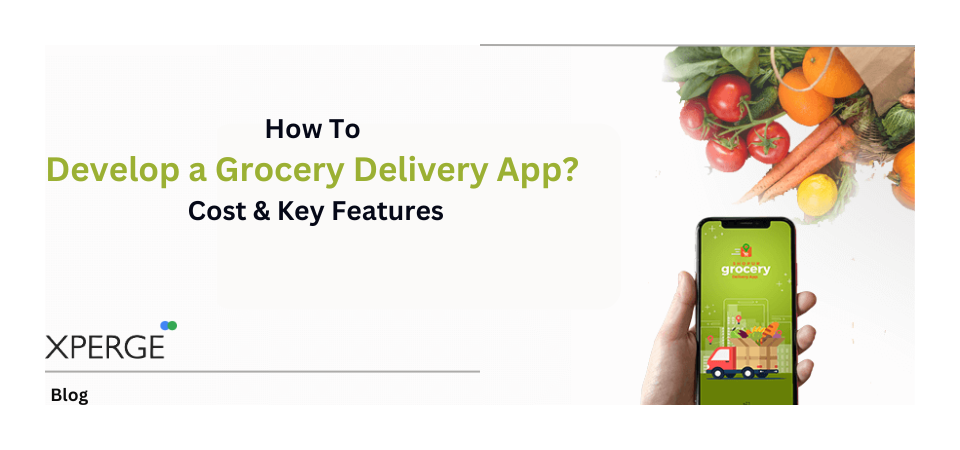Food Industry Trends Statistics

The food delivery industry has seen massive growth in recent years. With a global market value exceeding $150 billion in 2024, experts predict an annual growth rate of 10% through 2025. Digital transformation, changing consumer preferences, and advanced technology are driving this evolution. Here’s how brands can stay ahead.
Curious about the cost to develop a food delivery app? Contact us for a detailed estimate!

Key Takeaways
- Food Delivery Evolution: Trends like cloud kitchens, drone deliveries, and smartwatch ordering are transforming the industry.
- Direct Deliveries: Restaurants are bypassing third-party platforms for better control and profits.
- Subscription Growth: Delivery subscriptions enhance customer savings and ensure steady revenue.
- Tech-Driven Success: AI, real-time tracking, and digital payments boost efficiency.
- Scalability Matters: Investing in robust infrastructure is crucial for long-term growth.
Top 7 Food Industry Trends That Brands Must Follow
1. Cloud Kitchens: The Future of Food Delivery
Cloud kitchens, also known as ghost kitchens, are revolutionizing food delivery by eliminating the need for dine-in spaces. These kitchens focus solely on preparing food for delivery, reducing overhead costs and increasing efficiency. Brands like Rebel Foods and CloudKitchens are setting the benchmark.
Why It’s Trending:
- Lower operational costs
- Faster order fulfillment
- Scalability and flexibility for brands
2. Food Delivery by Drones
Drones are set to disrupt the traditional food delivery model by making deliveries faster and more cost-effective. Companies like Uber Eats and Wing are testing drone deliveries to reduce congestion and cut delivery times significantly.
Advantages:
- Reduced delivery time (under 30 minutes)
- Lower transportation costs
- Eco-friendly solution
3. Contactless Delivery for Safety & Convenience
The COVID-19 pandemic made contactless delivery a necessity, and it continues to be a preferred option in 2025. Automated payment systems and AI-powered chatbots enhance the user experience.
Key Benefits:
- Enhances safety and hygiene
- Streamlines payment processes
- Improves customer satisfaction
4. Direct Food Delivery from Restaurants
Many restaurants are now bypassing third-party platforms like Uber Eats and DoorDash by offering direct delivery through their own apps. This helps them maintain customer relationships, control branding, and avoid high commission fees.
Why It’s Popular:
- Higher profit margins for restaurants
- Direct customer engagement
- Better quality control
5. Food Trucks: Merging Mobility with Online Ordering
Food trucks have embraced digital ordering, allowing customers to place orders via mobile apps before arriving at the location. This fusion of mobile eateries and tech-driven ordering enhances customer convenience.
Why It Works:
- Increased reach with minimal investment
- Faster service and shorter wait times
- Seamless integration with delivery apps
6. Delivery Subscription Services
Subscription-based food delivery models are gaining traction, offering customers unlimited free deliveries for a monthly fee. Services like Uber Eats Pass and Swiggy Super provide users with savings while ensuring steady revenue for businesses.
Subscription Benefits:
- Encourages customer loyalty
- Generates predictable revenue
- Enhances user experience with exclusive deals
7. Food Ordering with a Smartwatch
Wearable technology is changing the way people interact with food delivery apps. Smartwatches now allow users to place orders, track deliveries, and make payments hands-free.
Why It’s Gaining Popularity:
- Convenience of one-touch ordering
- Integration with fitness and calorie tracking apps
- Enhanced accessibility for users on the go
Want to explore the best food delivery app features? Let’s build one that suits your business needs!
Build a Scalable Food Delivery App
To capitalize on these trends, businesses must build scalable, tech-driven food delivery apps. Here are the key elements to focus on:
1. User-Friendly Interface
A seamless, intuitive design enhances user experience and increases order conversions.
2. AI-Powered Recommendations
Personalized suggestions based on user preferences improve engagement and sales.
3. Multiple Payment Options
Integration with digital wallets, credit/debit cards, and even cryptocurrency provides flexibility for customers.
4. Real-Time Tracking & Notifications
Live tracking of orders keeps customers informed and improves satisfaction levels.
Ready to kickstart the process of developing a food delivery app? Let’s bring your vision to life!
5. Strong Backend & Cloud Infrastructure
A robust backend ensures smooth operations, scalability, and minimal downtime.
6. Loyalty & Rewards Programs
Incentivizing repeat orders through discounts and reward points fosters long-term customer retention.
7. Data Analytics for Business Growth
Analyzing customer behavior helps optimize marketing strategies and improve service quality.
Conclusion
The food delivery industry is evolving rapidly, and businesses must adapt to stay competitive. By embracing emerging trends like cloud kitchens, drone deliveries, and smartwatch ordering, brands can enhance customer experience, boost efficiency, and drive growth. Investing in a scalable, tech-powered food delivery app is the key to future success.








